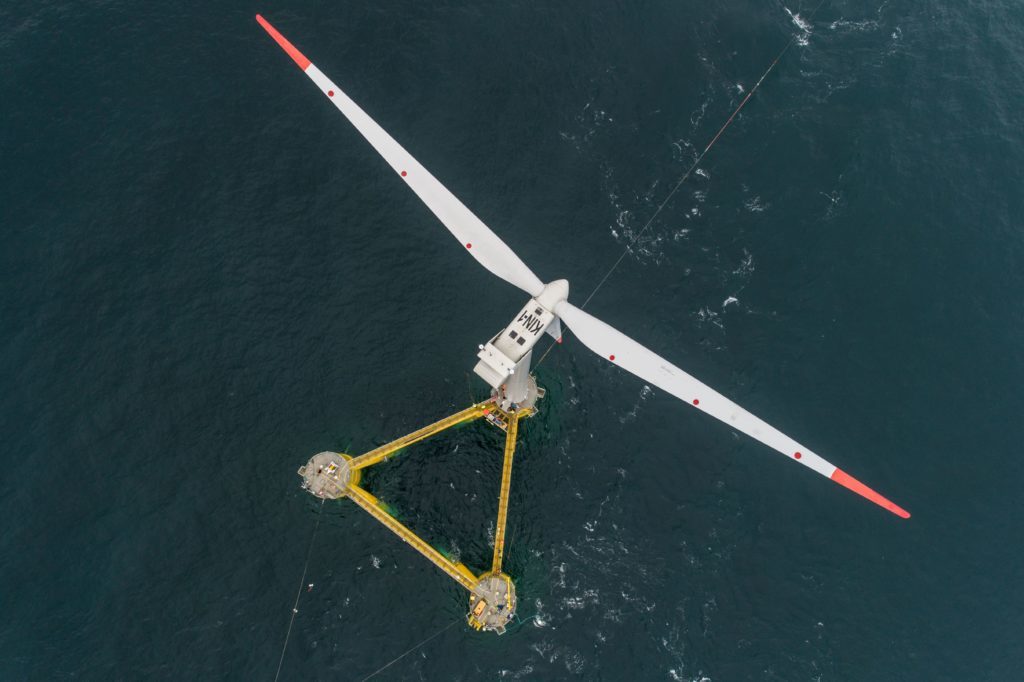
Crown Estate Scotland (CES) has set aside tens of thousands of pounds to pinpoint areas that could accelerate the deployment of floating offshore wind.
A £48,000 contract has been put out tender on Public Contracts Scotland from CES for a “suitably qualified and experienced” consultancy firm to draw up a report into the “immediate needs” to achieve growth in the sector.
It will cover policy, supply chain opportunities and investment requirements with the goal of enabling Scotland to become an “early mover” in floating wind.
CES was established in 2017 and is responsible for land, property and seabed management north of the border on behalf of the Scottish Government.
The contract is due to get underway on December 18 and will run March 29 2021 with the option for further renewal.
Award criteria has been set out, with “relevant experience” and “knowledge” given the most weighting, jointly followed by “project team structure” and understanding of “specific project requirements”.
The public body has also set out the areas that it specifically wants the report to cover:
- Overview of development and consenting process for a commercial scale (scale TBC) floating offshore wind farm in Scotland, for context only, utilising existing information where possible
- Overview of the fundamental approach taken to consenting for offshore wind and introduce alternative versions including that of a “project envelop” approach
- Current and planned policies for offshore wind development
- Current supply chain opportunities and roadmap to full supply chain engagement
- Identifying where generic opportunities in this process exist, based on more efficient policy and processes. Opportunities relate to the ability for some realistic action to positively impact process, programme, cost, knowledge, stakeholders and consultations by making realistic changes to approach, advance engagement with stakeholders, and obtaining required knowledge. Opportunities to be scored (high, medium, low) and potential factors identified
- Recommendation of investments and timelines required to support the supply chain to deliver on Scottish content targets and develop the Scottish floating offshore wind industry.
- Recommendations on policy, activities and programmes to be considered by Scottish Government to accelerate national opportunities and interests in the floating offshore wind industry.
Despite floating wind’s relevant infancy as a source of renewable energy, Scotland has already established itself as a front-runner.
In 2017, Equinor’s 30 megawatt (MW) Hywind Scotland development around 15 miles off the coast of Peterhead, became operational, making it the world’s first commercial floating offshore wind farm.
And work on the Kincardine floating offshore wind farm near Stonehaven is also in its final stages – the development will have the largest capacity of any floating project in the world upon completion.
During Energy Voice’s ETIDEX online event yesterday, Adam Morrison, project lead for the Moray Offshore Windfarm (West), insisted the industry needs to make a “step change” if floating wind is going to be deployed on the same scale as fixed-bottom.
Recommended for you

